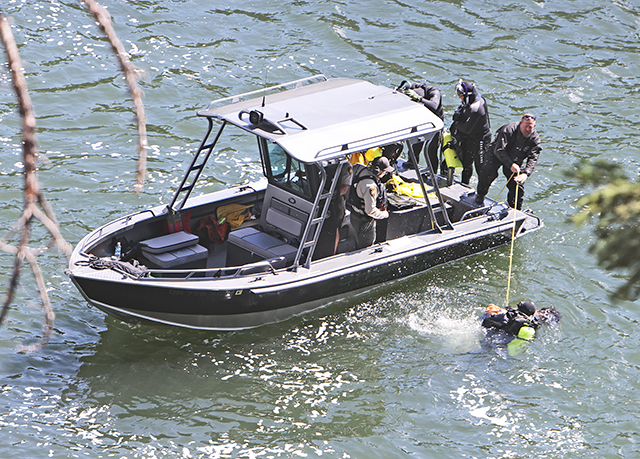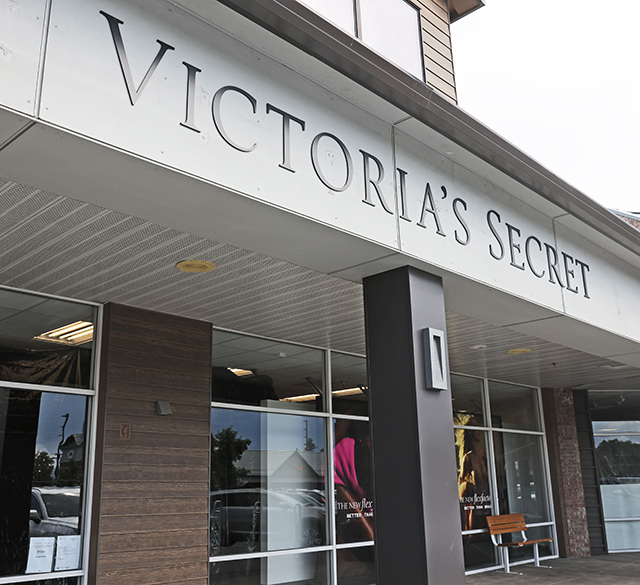Bone Spavins hurt all breeds
Published 5:00 am Friday, August 6, 2004
One of the most common arthritic conditions affecting the horse is called a bone spavin, which is arthritis of the lower (distal) hock joints. It is similar to arthritis in a human’s knees.
When trying to diagnose a rear-leg lameness or chronic back pain, experienced trainers know that the hock joints are the first place to look. Bone spavins are a painful condition that spare no breed or performance-horse type. However, western-performance horses, hunter and jumpers, and dressage horses see more than their fair share of this condition.
Trending
Anatomically, it makes sense that the hock – a complex of small bones covered with articular cartilage – would be susceptible to injury. The hock is much like a human’s ankle. If you were to flex your knee, let your toes touch the ground, then view a radiograph of your ankle from the side, it would look quite similar to a horse’s hock. A human’s heel is actually the point of the hock in the horse.
Hock osteoarthritis doesn’t discriminate based on age, either. It occurs in young and old horses alike.
The most common form we see, however, is chronic wear-and-tear hock osteoarthritis in middle-age and older horses. Juvenile bone spavin does occur in young horses, as does a secondary manifestation of osteochondrosis, known as OCD.
OCD is a developmental orthopedic disease that occurs in growing horses. As cartilage over the tarsal bones becomes thin and erodes, sensitive subchondral bone nerve endings become exposed and sense pain. A useful diagnostic tool for this condition is numbing the nerve endings by injecting local anesthetic into the lower hock joints. Hock radiographs are the most important imaging tool used to document OCD. Affected joint areas show bone resorption, irregular bone contours, loss of joint space, and production of bone spurs.
Past treatment for bone spavin included administration of bute (phenylbutazone) and continued exercise, with the hope that the affected joints would go on to fuse or bridge together with bone, to enable the horse to become pain-free. However, we have learned that excessive use of bute can have devastating effects on the horse’s stomach, colon and kidneys. Also, in reality, hock-joint fusion occurs in a very small percentage of horses with bone spavin.
Today, veterinary orthopedic specialists rely heavily on anti-inflammatory joint injections to manage bone spavin. These injections consist of long-acting corticosteroids, hyaluronic acid, or a combination of the two.
Trending
The majority of horses with bone spavin, if managed appropriately with joint injections, can have successful athletic careers. However, complicated and severe cases eventually may not respond to this treatment and instead will require surgical procedures to assist in joint fusion. This is accomplished by drilling out the joint surfaces or by laser-assisted or chemical arthrodesis. There are several other treatments that have been applied to the hock to manage bone spavin. However, the effectiveness of these treatments is unproven.
Shock-wave therapy to the hock has produced mixed results, and recent evidence suggests that it temporarily damages the nerve endings that sense pain, which provides a false impression of efficacy. Many other treatments for bone spavin have not been studied in a scientific manner.
Horse owners should consider the possibility that their horses have bone spavin if they display rear-limb or back pain or if there is a sudden change in the horse’s attitude or performance. Additionally, a bone spavin might be the culprit when a rider feels a sudden ”give” in a horse’s rear leg when under saddle.
Wayne B. Schmotzer, DVM, of Bend Equine Medical Center, can be reached at 388-4006.








